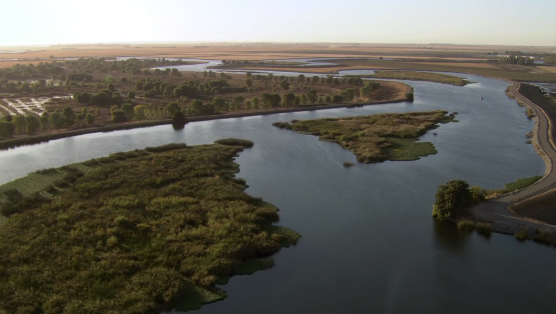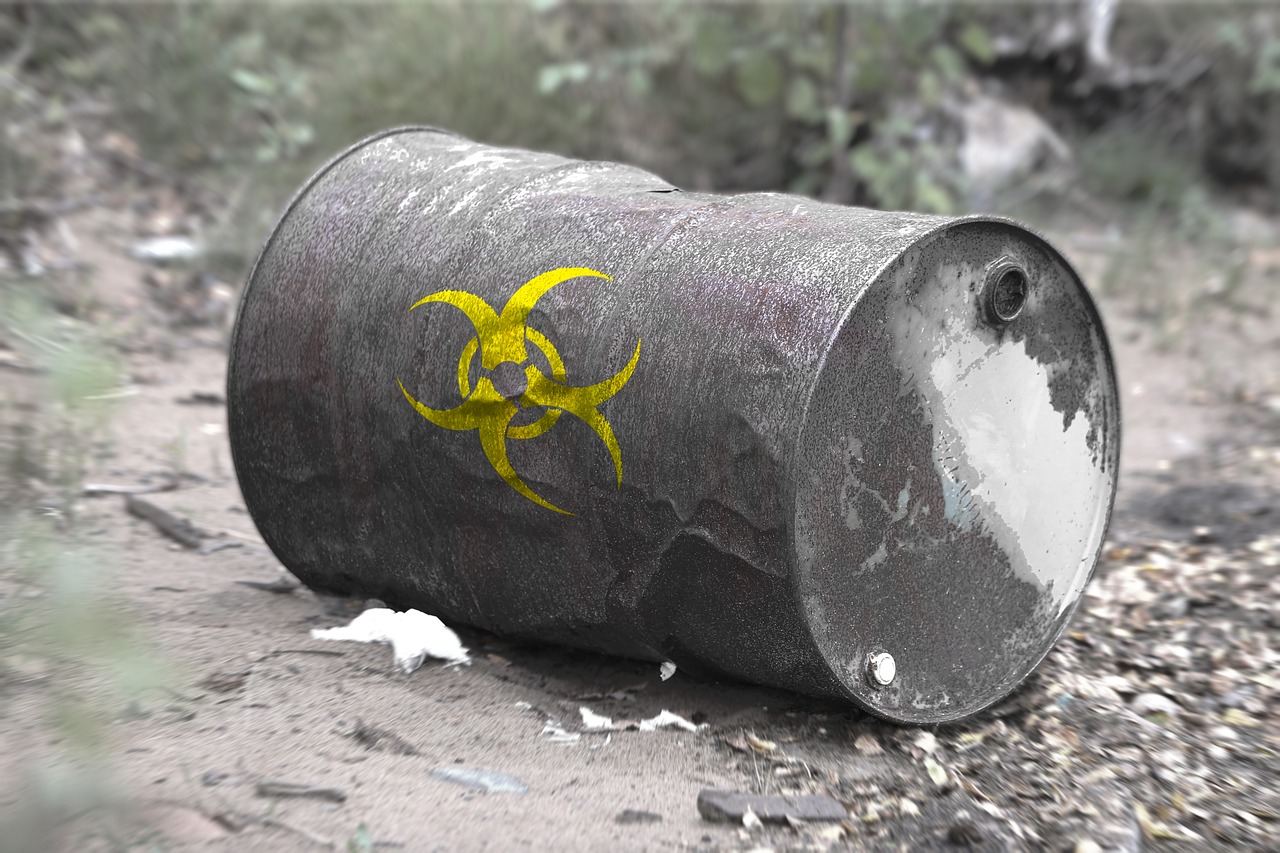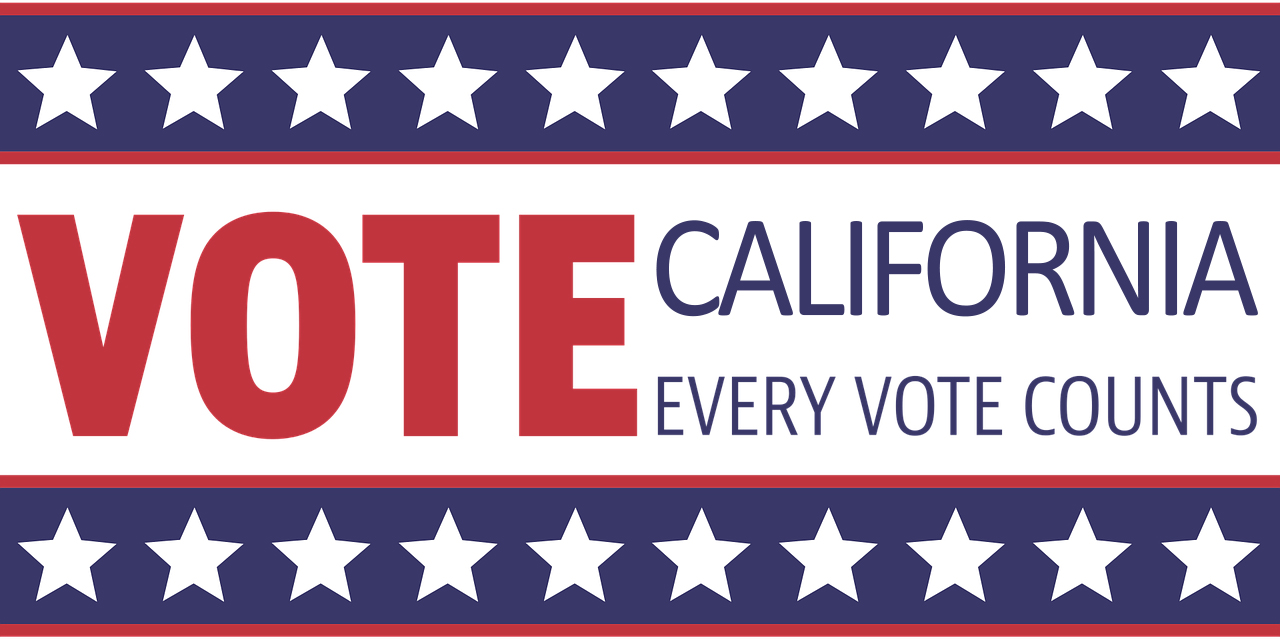
The Battle Over the Delta Heads South
Is there Hope for California’s Contaminated Communities?
Upcoming Endorsements for the 2018 Election

The Battle Over the Delta Heads South
By Kyle Jones
Despite Governor Jerry Brown’s lobbying, his Delta Tunnels project has stalled in Sacramento. The project remains unfunded, and permits are still months – if not years away.
Brown and the Department of Water Resources are attempting to skirt the law as they downsize the project to one tunnel without updating the necessary permits.
It is becoming increasingly clear that the project will not move forward before the end of Brown’s term. Now, the Metropolitan Water District of Southern California (MWD) has announced a desperate attempt to build it themselves.
MWD is the water wholesaler for the agencies that represent 19 million Southern Californians, including Los Angeles Department of Water and Power and San Diego County Water Authority. Initially, MWD voted to support spending $4.3 billion for the tunnels project.
The growing sense that Brown won’t be able to push through the project has prompted MWD to try to tackle it alone. Doing so will require ratepayers in Southern California to pay $11 billion – without providing any new water. This massive expenditure will come with the cost of leaving less money available for projects that can be done to make Southern California as water independent as possible.
Instead of prioritizing tunnels, Southern California should continue investing in developing local water supplies. Mayor Eric Garcetti of Los Angeles has already set LA on a path to reducing imported water use by 50 percent, as part of the Sustainable City pLAn.
The western parts of Los Angeles, could do even more to increase wastewater recycling. Some agencies can benefit financially from water reuse, as they can sell treated wastewater throughout the region.
Additionally, residents can adopt more efficient irrigation methods. Half of Southern California’s water use goes to landscaping. One solution is to accelerate removing thirsty turf grass and replacing it with drought-tolerant and low-water landscaping.
Sierra Club California continues to challenge the tunnels projects in various venues at the state and local level. We’ve also established a petition for Southern Californians to sign, telling the agencies to vote NO on the tunnels when the MWD board considers in April whether to spend $11 billion on the project.

Is there Hope for California’s Contaminated Communities?
By Eddie Moreno
California has the worst quality of life in the United States, according to a new ranking released March 6 by U.S. News & World Report. Fifty percent of the ranking score comes from the quality of the natural environment, measuring drinking water quality, pollution and industrial toxins, and air quality.
This may come as a shock for many living here in the state. However, when we take a closer look at the performances of some agencies such as the Department of Toxic Substances Control (DTSC), which is responsible for protecting Californians from toxic chemical and industrial pollutant exposure, it becomes abundantly clear why the state ranks so low.
While DTSC’s mission is to protect California’s communities, for years it has seemed more interested in protecting the economic interests of industry. Its lack of regulation enforcement and general inaction has disproportionately impacted disadvantaged communities and people of color. These residents have seen the effects of toxic pollution firsthand but their concerns and complaints have gone unanswered.
Years of mismanagement, leadership turnover and high-profile pollution exposure events, such as the Exide battery recycling plant in southeast Los Angeles, which exposed thousands of children to very high levels of toxic lead, prompted California's legislature to take action.
In 2015, the legislature passed Senate Bill 83, which established an Independent Review Panel (IRP) within DTSC to recommend improvements to the department. The IRP identified issues in leadership, human resources, transparency, accountability and timeliness, which prompted many legislators to introduce DTSC reform legislation. A notable bill introduced in 2017 was Senator Connie Leyva Senate Bill 774, which would have created an independent board to govern and oversee DTSC. The bill never got off the Senate floor.
Unfortunately, Governor Jerry Brown vetoed four of the five DTSC reform bills that made it to his desk. With the IRP dissolved and DTSC reform issues still unaddressed, environmental and environmental justice organizations, including Sierra Club California, are continuing to press the legislature to fix this broken state agency and protect vulnerable Californians. New bills are being developed to begin their way through the legislature and to the outgoing governor’s desk.

Upcoming Endorsements for the 2018 Election
By Katherine Garcia
This year is a big election year for California, with candidates running for open seats in important local, state, and federal races. Sierra Club’s 501(c)(4) tax exemption status allows us to endorse candidates and ballot measures to help voters identify who among the candidates is best for the environment.
How does the endorsement process work?
First, it’s important to know that all endorsements are the product of hours of work done by volunteers. The process is entirely volunteer driven. It can also be complicated and the national Sierra Club has published a 28-page chapter focused entirely on the endorsement process in its 150-page compliance manual.
Briefly, endorsements for local candidates, local ballot measures, state legislative candidates and candidates for the U.S. House of Representatives begin with the volunteers at the Sierra Club’s 13 local chapters across California. Endorsements for statewide office and U.S. Senate begin with the volunteers at Sierra Club California.
In all endorsements, the process is essentially the same. Volunteers assigned to committees for each endorsement develop questionnaires, identify candidates, solicit responses to the questionnaires, and then arrange in-person interviews with the candidates.
Following the interviews, the committees decide whether to make an endorsement and when.
Generally, volunteers look for key characteristics when they consider a candidate. These include, but are not limited to, commitment to the environment, accessibility, and viability. That is, is the candidate smart about environmental and environmental justice issue? Is the candidate accessible and someone who, once in office, will be open to hearing Sierra Club's opinion on an issue? Does the candidate have enough support and funding and campaign smarts to run a successful campaign for the office?
Sierra Club endorsements don’t depend on whether or not a candidate or incumbent voted one way or another on a single ordinance or bill. Also, Sierra Club typically does not endorse against incumbents who have a strong environmental record.
This year, endorsement committees have been very busy and as endorsements are made for legislative seats, statewide seats and statewide ballot measures, we update Sierra Club California’s endorsements page on our website. There you’ll also find a link to the national Club’s website page about federal contests. Local chapters list the endorsements for local races on their websites.
As a 501(c)(4) organization, we are required to keep election information at least two-clicks away. So, we can’t link to the endorsements page directly. But, you can find it by visiting our home page, clicking on elections via the Get Involved drop-down menu and then clicking through.
Historically, midterm elections tend to result in a low voter turnout. But, California voters might debunk that trend because of the interesting and competitive statewide races on the ballot. Regardless, please tell your friends and family to make sure they are registered for the June 5 Primary and November 6 General Election. And, be sure to show up on the upcoming election days to cast your vote.
Follow Us:
  |
Thank you for being a part of our work! Consider making it monthly. You may securely donate online or by sending a check to Sierra Club California at 909 12th Street, Suite 202, Sacramento, CA 95814.
